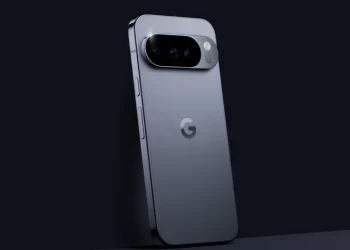Google is expanding its Call Recording feature to more Pixel devices, specifically targeting Pixel 6 and newer models that lack the Gemini Nano-powered Call Notes feature found on Pixel 9 and 10. This expansion lets more users capture audio from calls for reference or documentation.
Wider Rollout
Google first announced this rollout in September. To access Call Recording, users must update the Phone by Google app and install the November Pixel Drop. According to Android Authority, Pixel 10 Pro and 10 Pro Fold users have already received the feature after updating.
Call Recording vs. Call Notes
Pixel 9 and above feature Call Notes, which uses AI to transcribe calls and summarize key points and “next steps.” In contrast, Call Recording simply saves audio files locally on the device. Users can later transcribe them through other apps or services if needed.
How to Use Call Recording
You can enable Call Recording by going to Settings > Call Assist > Call Recording in the Phone app. You have the option to start recordings manually at the beginning of a call.
Additionally, you can configure automatic recording for:
- Specific numbers
- Calls not saved in your contacts
You can also choose when to delete recordings automatically—after 7, 14, or 30 days—or keep them indefinitely.
First-Time Setup
During the first call, Google prompts users to download audio files that notify participants they are being recorded. This step ensures everyone is informed and explains how Google stores recordings securely.
Device Requirements
- Pixel 6 and newer: requires Android 14 or higher
- Non-Pixel devices with the Phone app: requires Android 9 or higher
By widening access, Google lets more users record calls while maintaining privacy and local control. This expansion improves usability without relying on AI transcription for those who prefer simple audio files.












